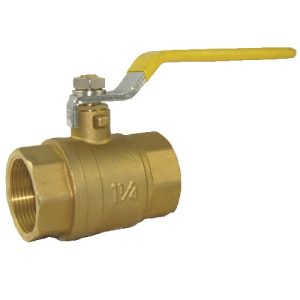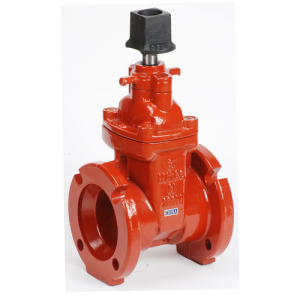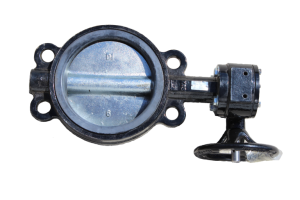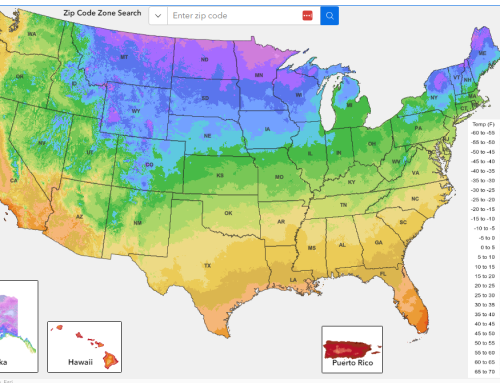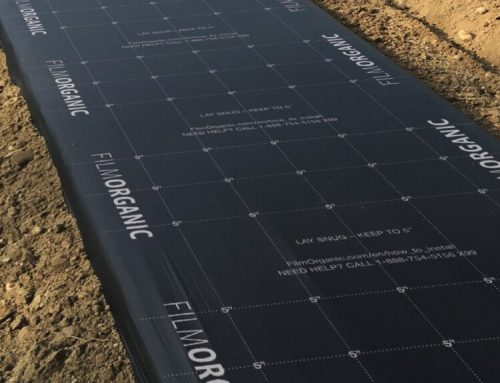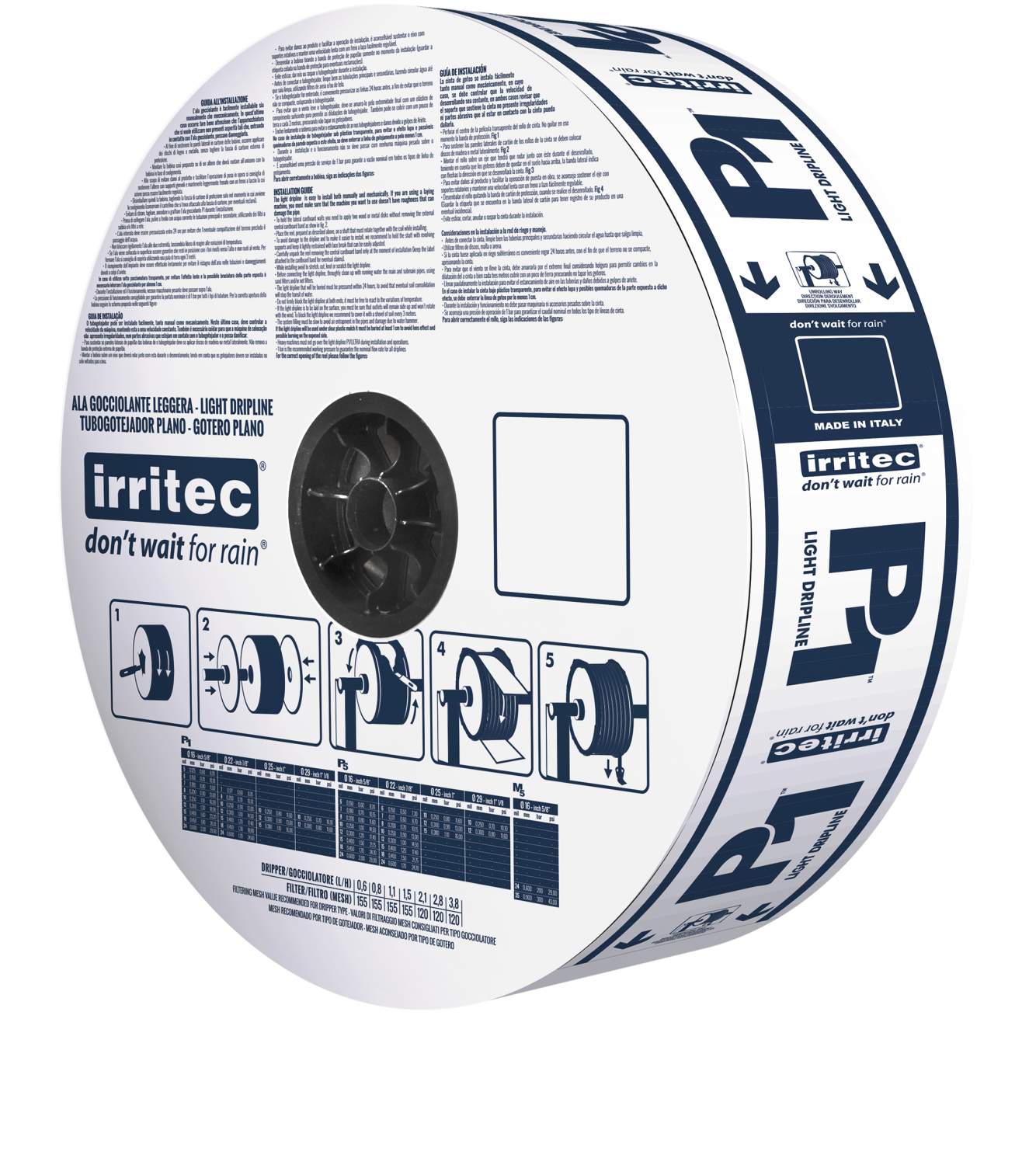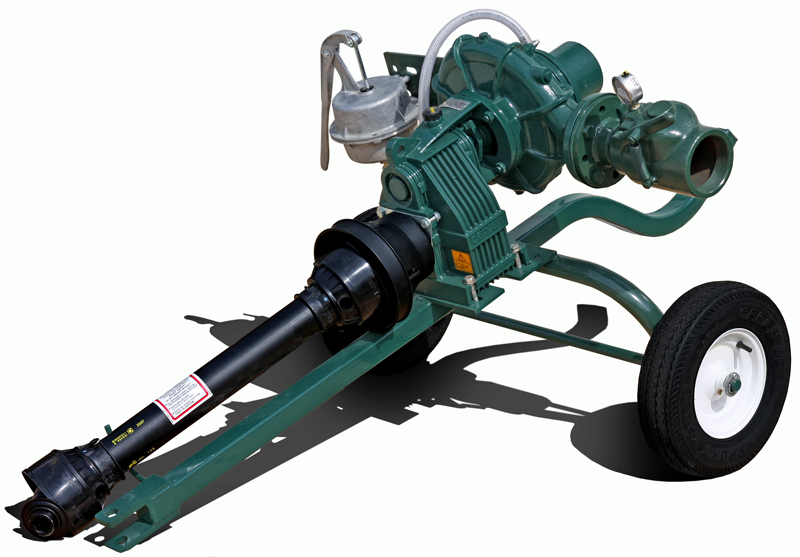Which Valve Do I Need?
Triple K Irrigation offers different valves for different conditions. Here are some of the most common valves we sell.
Standard Ball Valves
In commercial irrigation systems, a standard ball valve is a type of valve commonly used to control the flow of water. It consists of a spherical ball with a hole or bore through the center. The ball has a handle attached to it, which can be rotated to open or close the valve. When the handle is turned so that the hole in the ball aligns with the pipe or tubing, water can flow through the valve. When the handle is turned perpendicular to the pipe, the ball blocks the flow of water, effectively closing the valve.
Here are some key characteristics and uses of standard ball valves in commercial irrigation:
- Durable Construction: Standard ball valves are typically made of materials such as brass, stainless steel, or PVC, which are resistant to corrosion and wear. This makes them suitable for outdoor and underground irrigation applications where they may be exposed to moisture and harsh environmental conditions.
- Full Flow: When fully open, ball valves provide a full flow of water through the pipe, minimizing restrictions and pressure drop, which is essential for efficient irrigation systems.
- Easy Operation: Ball valves are easy to operate with a simple quarter-turn of the handle. This makes them user-friendly and suitable for manual control in irrigation systems.
- Reliable Shut-Off: Ball valves provide a tight seal when closed, preventing water from leaking through the valve when it’s not in use. This helps maintain water pressure in the system and reduces the risk of water waste.
- Versatility: Ball valves are available in various sizes, materials, and configurations to accommodate different irrigation system requirements. They can be used in both residential and commercial settings.
- Low Maintenance: Ball valves are known for their reliability and typically require minimal maintenance. However, occasional inspection and lubrication may be necessary to ensure smooth operation over time.
- Pressure Ratings: When selecting a ball valve for a commercial irrigation system, it’s important to consider the pressure rating of the valve to ensure it can handle the operating pressure of the system.
Ball Valve Threaded Brass
In summary, a standard ball valve is a versatile and reliable component commonly used in commercial irrigation systems to control the flow of water. Its durability, ease of operation, and ability to provide full flow make it a popular choice for various irrigation applications.
Here is a link showing you a selection of Ball Valves, generally used for pipes of 3 inches or less. https://irrigationsupplyparts.com/product-category/valves/ball-valves/
Gate Valves
A gate valve is a type of valve commonly used to control the flow of water in larger applications – going up to 12 inches. It is named for the gate-like mechanism inside the valve that is used to start or stop the flow of water. Gate valves are often used in large-scale irrigation systems and other industrial applications where precise control over the flow of fluids is required. Here are some key characteristics and uses of gate valves in commercial irrigation:
- Design: Gate valves have a gate or wedge-shaped disc that is lowered or raised by a threaded stem when the valve is operated. When the gate is fully lowered, it forms a tight seal against the valve seats, stopping the flow of water. When raised, it allows water to pass through.
- On/Off Functionality: Gate valves are primarily designed for on/off service, meaning they are used to completely open or close the flow of water. They are not well-suited for flow control applications where precise throttling of the flow is required.
- Full Flow: When fully open, gate valves provide a full unobstructed flow path, minimizing pressure drop across the valve. This characteristic makes them suitable for applications where minimal flow restriction is critical.
- Durability: Gate valves are known for their durability and ability to handle high-pressure and high-temperature conditions, making them suitable for use in commercial irrigation systems where these factors may be relevant.
- Slow Operation: One drawback of gate valves is that they are typically slower to open or close compared to other valve types like ball valves. The threaded stem design requires multiple turns to fully operate the valve.
- Resilient and Metal-Seated Varieties: Gate valves come in two main types: resilient seated and metal seated. Resilient seated gate valves use a rubber or elastomeric seat to provide a tight seal, while metal seated gate valves use metal-to-metal contact for sealing. The choice between these types depends on the specific requirements of the application.
- Maintenance: Gate valves require periodic maintenance, including lubrication of the stem threads and inspection of the sealing surfaces to ensure they are free from debris or corrosion.
- Sizes: Gate valves are available in a wide range of sizes to accommodate various pipe diameters commonly found in commercial irrigation systems.
Cast Iron Flanged Gate Valve with Op Nut
Overall, gate valves are a reliable choice for applications in commercial irrigation systems where the primary requirement is to start or stop the flow of water, especially in situations involving high pressures and temperatures. However, for applications that require precise flow control, other valve types like globe valves or butterfly valves may be more suitable. Proper selection and maintenance of gate valves are essential to ensure their continued functionality and performance in commercial irrigation systems
A butterfly valve is a type of valve used to control the flow of water or other fluids within a pipeline. It is called a “butterfly” valve because of the wing-like disc that rotates inside the valve body to regulate the flow. Butterfly valves are commonly used in various industrial applications, including commercial irrigation systems, due to their versatility, compact design, and ease of operation. Here are some key characteristics and uses of butterfly valves in commercial irrigation:
- Disc Design: The primary component of a butterfly valve is the disc, which is mounted on a central shaft. The disc is typically round and flat, resembling the shape of a butterfly’s wings. When the valve is open, the disc is parallel to the direction of flow, allowing fluid to pass through. When the valve is closed, the disc is rotated 90 degrees, perpendicular to the flow, blocking the passage of fluid.
- Flow Control: Butterfly valves are often used for throttling or modulating flow, meaning they can regulate the amount of water passing through the valve by adjusting the angle of the disc. This makes them suitable for applications where precise flow control is required, such as managing water distribution in irrigation systems.
- Quick Operation: Butterfly valves are known for their quick and easy operation. They can be rapidly opened or closed with a quarter-turn of the valve handle or actuator, making them suitable for automated systems.
- Low Pressure Drop: When fully open, butterfly valves offer low resistance to flow, resulting in minimal pressure drop across the valve. This is advantageous for maintaining adequate water pressure in the irrigation system.
- Compact Design: Butterfly valves have a compact and lightweight design compared to some other valve types, making them easier to install and integrate into irrigation systems.
- Size Range: Butterfly valves are available in a wide range of sizes to accommodate various pipe diameters commonly used in commercial irrigation systems.
- Materials: Butterfly valves are manufactured in various materials, including PVC, cast iron, stainless steel, and more, to suit different environmental conditions and fluid types.
- Sealing Mechanisms: Butterfly valves can have different sealing mechanisms, such as resilient (rubber or elastomeric) seals or metal-to-metal seals, depending on the specific requirements of the application.
- Maintenance: Butterfly valves generally require less maintenance than some other valve types, but periodic inspections and lubrication may be necessary to ensure proper operation and seal integrity.
Butterfly Valve
Overall, butterfly valves are a popular choice in commercial irrigation systems because they offer a good balance between flow control capability, ease of operation, and low-pressure drop. Their versatility and ability to handle various pipe sizes and materials make them suitable for a wide range of irrigation applications, from small-scale agricultural irrigation to large commercial irrigation projects.
Here is a link showing you some of our butterfly valves:
https://irrigationsupplyparts.com/product-category/valves/butterfly-valves/


